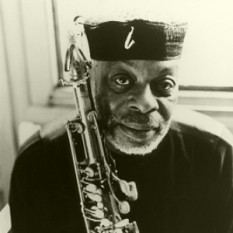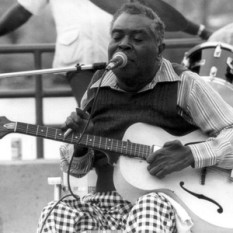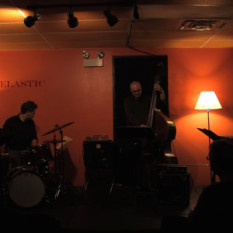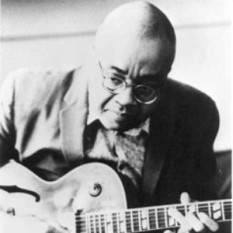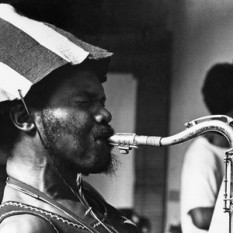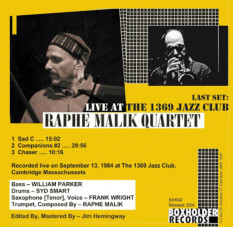Harmolodics is the musical philosophy of jazz saxophonist Ornette Coleman and is therefore associated primarily with the jazz avant-garde and the free jazz movement, although its implications extend beyond these limits. Coleman defines harmolodics as: "the use of the physical and the mental of one's own logic made into an expression of sound to bring about the musical sensation of unison executed by a single person or with a group." Applied to the particulars of music, this means that "harmony, melody, speed, rhythm, time and phrases all have equal position in the results that come from the placing and spacing of ideas."[1]
Harmolodics seeks to free musical compositions from any tonal center, allowing harmonic progression independent of traditional European notions of tension and release. Harmolodics may loosely be defined as an expression of music in which harmony, movement of sound and melody all share the same value. The general effect is that music achieves an immediately open expression, without being constrained by tonal limitations, rhythmic pre-determination, or harmonic rules.
Coleman has been preparing a book called The Harmolodic Theory since at least the 1970s, but this remains unpublished. The only other known explanation of Harmolodics that was written by Coleman is an article called Prime Time for Harmolodics.
Coleman has also used the name Harmolodic for both his website and his record label, which had a distribution deal with Verve Records in the 1990s.
James "Blood" Ulmer, who played and toured with Coleman in the 1970s, has adopted harmolodics and applied the theories to his approach to jazz and blues guitar. .

